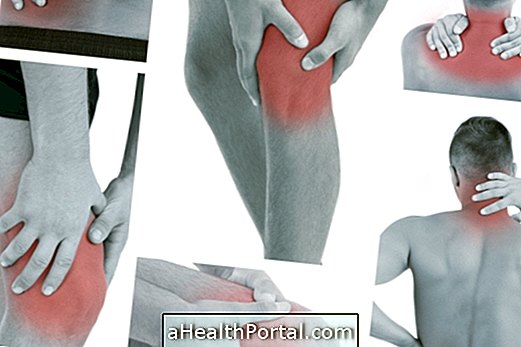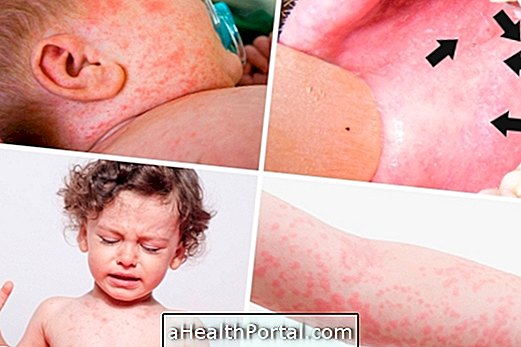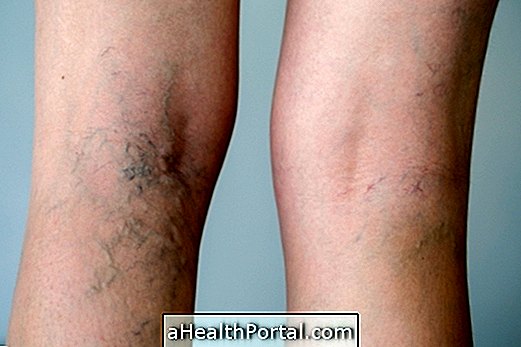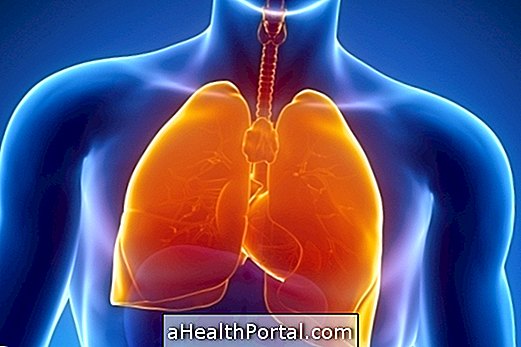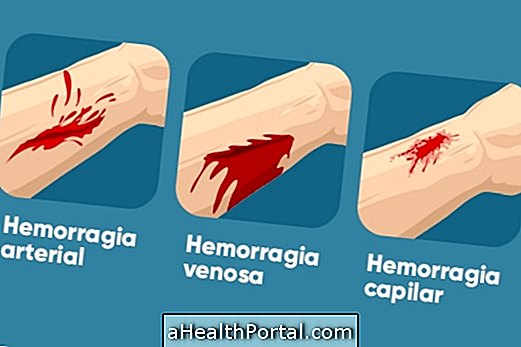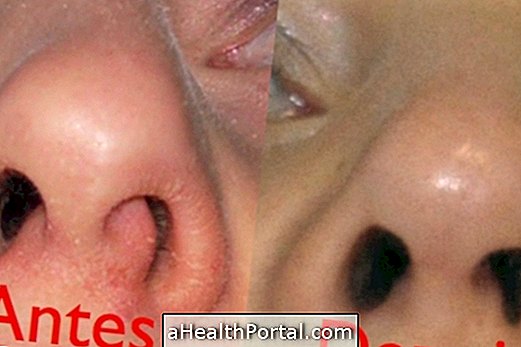Wiskott-Aldrich syndrome is a rare disease that can manifest itself in different ways. Symptoms of wiskott-Aldrich syndrome may include:
Tendency for bleeding:
- Reduced number and size of blood platelets;
- Cutaneous haemorrhages characterized by bluish-red spots the size of an alpin's head, called "petechiae", or they may be larger and resemble ecchymosis;
- Stools with blood (especially in infancy), bleeding gums and prolonged nose bleeds.
Frequent infections caused by all types of microorganisms such as:
- Otitis media, sinusitis, pneumonia;
- Meningitis, pneumonia caused by Pneumocystis jiroveci;
- Viral skin infection caused by molluscum contagiosum.
Eczema:
- Frequent skin infections;
- Dark spots on the skin.
Autoimmune manifestations:
- Vasculitis;
- Hemolytic anemia;
- Idiopathic thrombocytopenic purpura.
The diagnosis for this disease can be made by the pediatrician after clinical observation of the symptoms and conducting specific tests. Evaluating the size of platelets is one of the ways to diagnose the disease, because few diseases have this characteristic.
Treatment for wiskott-Aldrich syndrome
Treatment for wiskott-Aldrich syndrome usually includes bone marrow transplantation, but the disease has no cure and life expectancy is low due to its characteristics.



